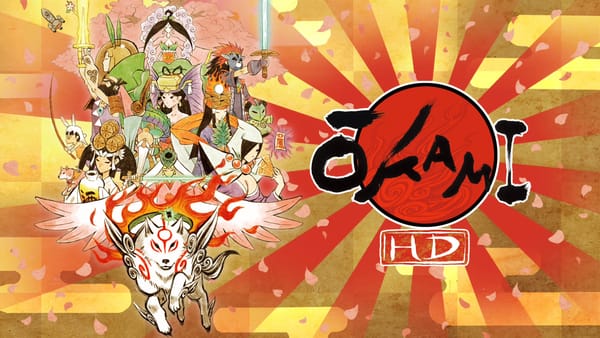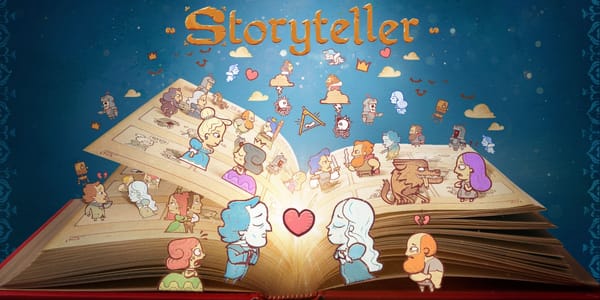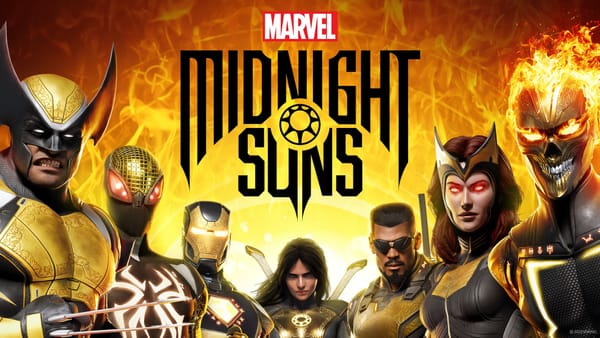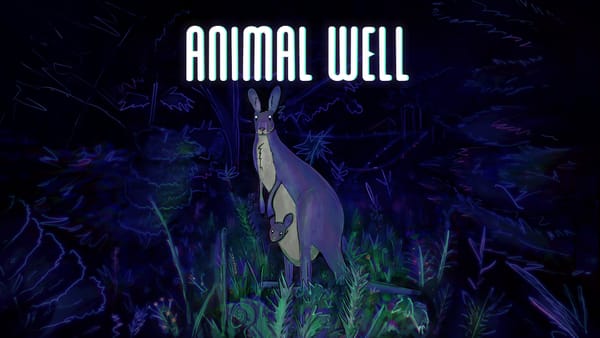Diablo 4 and centering humanity
Angels and demons, step aside—it's Tragic Narrator's turn at the wheel
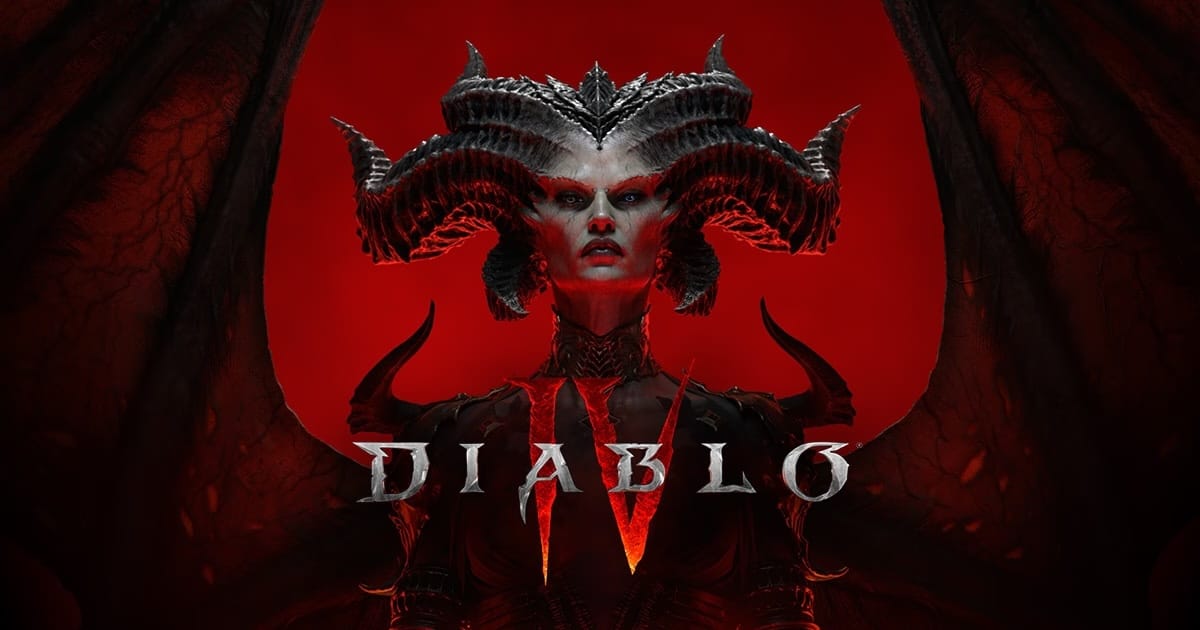
Hot on the heels of the much maligned mobile gacha game Diablo Immortal comes the much anticipated Diablo 4. Longtime fans can rejoice that 4 is not Immortal. They can also rejoice that it isn’t Diablo 3. It also isn’t Diablo 2, however, which is probably a good thing in the end, given the 20-plus years that have elapsed since the seminal release. That is to say that Diablo 4 is an appropriate title for a game that is neither 2 nor 3, but is still very distinctly Diablo. 5 would be right out.
Mechanically, D4 feels much like an upgraded D3, with fan favorite classes from 2. Critically, players are once again afforded the joy of assigning skill points and creating distinct builds, something that was sorely lacking in the last numbered title. If all one cares about is the gameplay loop, look no further: Diablo 4 is fun, looks fantastic, and won’t charge you $150,000 to fully kit out a character (do you guys not have trust funds?). But gameplay isn’t what got me hopeful when the trailers for this game came out. The first cinematic featured unfamiliar characters, dirty and afraid, who would not survive the 10-minute scene spent hidden in darkness and bathed in blood. Where D3 mirrored D2 in its structure, down to setting of each act, trading emotion for explosions, D4 focuses instead on theme, choosing to go back to what made the world and story of D2 so affecting.
From the ominous opening cinematic, Diablo 4 hints at what is to come. Supplementing the moody visuals is a darker soundtrack that harkens back to the Spanish guitar-infused D2 soundtrack. Cinematically framed vistas of dreary yet beautiful landscapes channel Remington and Rembrandt instead of Raimi. Immediately, the player knows: this is not a place for triumphant protagonists. This is a place for the downtrodden to suffer, only one step removed from Hell.
Gone are the super-destinied nephilim and Diablo-daughter of D3. Instead, we are given a protagonist special only in their ability to witness the narrative, surrounded by a cast of wayward souls whose suffering only deepens as the story progresses—a return to a Marius-like character from D2. The focus on the human characters and their loss is only briefly put aside for the struggle between angels and demons, but thankfully never for too long. This is not a story about good conquering evil. This is a story about having nothing but bad choices to make and trying to live in the space your actions have shaped. Victories in D2 felt temporary, fleeting, as opposed to the complete triumph of heaven over hell in D3. In comparison, D4 doesn’t even allow victory: one foe is defeated at the behest of another, and the characters wait with baited breath for the other, potentially much eviler shoe to drop.
Side quests, however, aren’t nearly as consequential. There are plenty to pad out the world, but most feel like quintessential videogame filler: find X cultist-bandits, collect Y demon guts for a ritual, help someone whose family member has fallen to the temptation of Hell. They people the crowd, sure, but after you complete enough of them they start to look identical. There were some standouts: working through Taissa’s PTSD from being used to summon Andariel. Uncovering the fate of the pilgrim featured in the opening cinematic whose innocent pursuit of knowledge turned him into a witless tool of evil. Assisting a priestess who performs forbidden exorcisms to help those who would otherwise be burned, only to be possessed herself. None of them necessary to the main narrative, but all of them character-focused and thematically in tune.
Diablo 4 is not a perfect story, nor a perfectly delivered one, but it is dark, it is about humans, and it is ambiguous regarding the ambitions of angels and demons and the fallout of mortals dealing with them. That, to me, is Diablo—a return to form after two installments away.
Which is not to say, however, that this reprisal of Diablo 2’s tone and themes also mean a return to its storytelling methods. This isn’t Fromsoft’s passive, ambient storytelling. It is heavy with scripted sequences, cutscenes, and dialogue, more in line with D3’s delivery than D2’s. There are times where this really works—when the camera comes in tight and tilts up to hit you with that mise en scène. When a sandstorm blows in and the fight with Andariel starts while you can still only see her shadow at the top of the screen. When a bell tolls and Inarius sends out a wave of light that makes the demons cower like it’s Night on Fucking Bald Mountain. I knew from the beginning that this game was gonna blab more story at me than I personally prefer, but because they wisely left memeified Deckard Cain in his sarcophagus, leaning instead on the dark and medieval vibes of Ralph Ineson’s portrayal of the new, and much more troubled, sage character, I was willing to be storied at.1
But even if the story is on point, it has the unfortunate task of meshing with the gameplay of a grindy, repetitive ARPG. If your gameplay is as cinematic as The Last of Us, you can go back and forth between gameplay and cutscenes cleanly. If you’re doing Fromsoft style passive storytelling, you don’t have to break immersion with jarring transitions to excessive cutscenes and exposition. I felt Diablo 2 told its story best by letting the player soak it up while fighting through the world, and that Diablo 3 undermined that strength by slowing things down with lots of plot and exposition. I expected to feel that way with Diablo 4’s narrative, but since 4 actually had an interesting plot, I actually felt the opposite. Instead of the starts and stops of cutscenes taking me out of the game, as the story ramped up, I was actually disappointed by sequences of mowing down identical mobs of demons taking me out of the flow of the unfolding narrative. I don’t want to spam my Core Skill on the 500th wave of cultists. I want to find out if Dommy Mommy from Hell is going to uplift humanity or sacrifice us all for power. But should I really be asking for more cutscenes? Like the mortals of Diablo, I’m damned if I do and damned if I don’t.
Especially for longtime fans of the series, Diablo 4 is an unexpected return to form for a wayward franchise from a company that has squandered nearly all goodwill. I’m happy to receive the gift of this oppressively bleak world. I’ll even go so far as to say that I consider Lilith to be an (almost) acceptable apology for making Kerrigan a good guy in Starcraft 2.
And for those of you who, like me, enjoy Diablo when its at its most hopeless and upsetting, my advice to you is to play the game on Hardcore. When your 100+ hour character is deleted from your account because you didn’t see a detonating ice orb behind your character one time—only then will you know true despair.
I thought it was wise to give Diablo a break from the spotlight as well. As inevitable and unkillable as evil should feel in this world, it detracts from their menace if they are popping up and getting whack-a-moled back down, over and over. ↩

